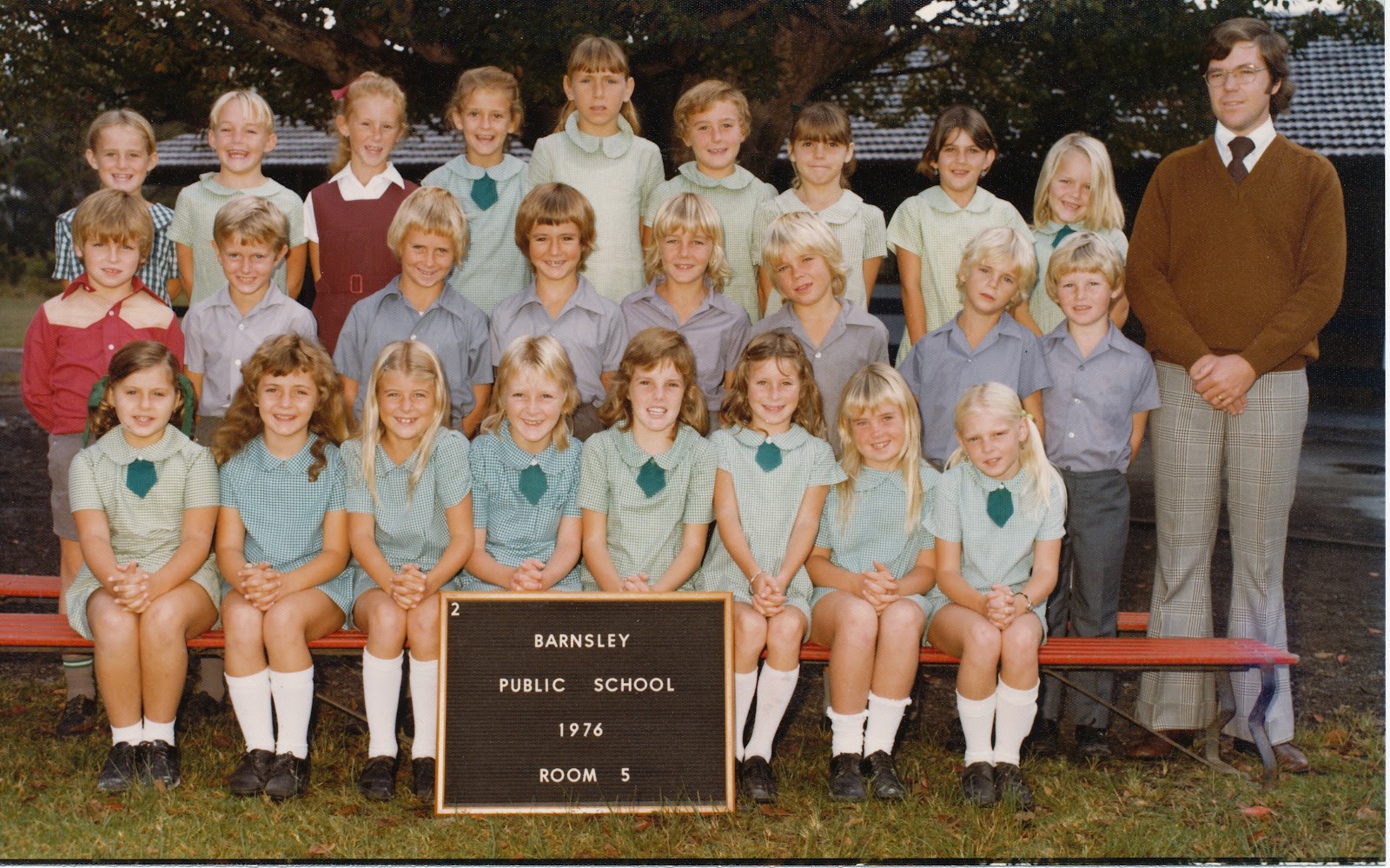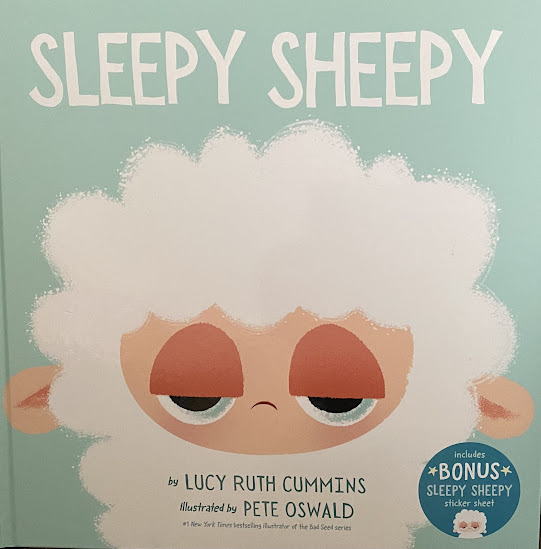I wrote a version of this post for another blog I write
('Pedagogy and Education for Life'). That blog is specifically for teachers in Christian or faith-based schools, but the topic is just as relevant in all schools.
Let
me first ask a question. Do we believe there is something
commendable in every child we teach? In the first week of first term in any school year you won't have much of an idea, but if
you're well into the year and you still haven't recognised something it's a problem.
It might just be that we don't know them at all. But I'd hope that after 2-4 weeks we would know something about every child. Their name (more
difficult for secondary teachers), and a little about their personality. Maybe the things some are good at, and even some friendship obvious friendship groups. But at the 2 month mark we should know much more about all students.
Some children hide in the
background of classroom life. It's easy to quietly withdraw, keep a low profile, look out the
window, and count the minutes till recess, lunch and home time. This presents a problem for every teacher, for we must get
to know our students, including their strengths, weaknesses, hopes,
fears and life challenges.
Across my teaching career, I observed
children who could be disinterested, under-performing and at times
difficult in one class, who suddenly blossomed in a different class. "Why
is this so"? I'd hope that we never see children in
our classrooms who we assume haven't anything to offer.

Above: My students in 1978
I taught in three different elementary schools across
all age ranges. In many ways, it was my third school where the challenge to know all students became even clearer and more important to me. I was the sole teacher and head of a small
school. While it had two buildings, two classrooms, a small library, a staff room and office, I was the only
teacher as well as 'Head' of the school. I was the person who ran the 'Tuck
Shop' each week etc. I had 26 children across seven grades (and at one stage 31). That is,
Kindergarten (5 year olds) to Grade 6 in the same room. The school was
situated in a small town with just 300 people.
So why am I
stressing the imperative to know our students? Because, all students
need to understand they are known, valued and seen as
capable of doing new things. This makes a difference! Perhaps this is obvious to some, but how is
it achieved in the busy life of the classroom? Let me tackle this from
three angles.
a) Every child needs to feel valued, and seen as able to do things
An
important ingredient for any child's success is the realization they
can be successful at something. It took me until 4th grade to realize
that I was good at a few things. I enjoyed Kindergarten and learnt to
read and write. But by grade 3, I spent most of the day looking out the
window and thinking about the fun I'd have when I got home. I managed to
learn to read, write and so on, but I was pretty naughty and easily
distracted. But, in grade 4 a new teacher invested some time in me. He
could see my problems, including a tough home background and my previous
disruptive behaviour, but he was prepared to invest in me, even in a
class of 41 students across two grades (see below). I'm 4th from the
left in the back row.

Mr
Campbell had the sense to channel what he saw as potential in me, in a
way that would motivate. I became the garbage monitor, milk monitor,
duster cleaner etc to no doubt to try to
keep me out of trouble (to little effect at first). This was against a
backdrop of the Principal who saw me as a 'drop
kick'. He simply caned me every time I messed up, which was often the
case in his eyes in grades 3 to 5 Grade. But even as my behaviour
improved, he found excuses to cane me. Once when he saw me looking out
the window during a lesson (bored stiff), as he walked along the verandah past my
classroom. He came in, took me out and caned me twice!
But a big change
occurred when an aquarium with tropical fish was purchased by the school
and placed in my classroom. My teacher put me in charge of it. He handed me a
book on tropical fish and asked me to study it. He later asked me to
give a presentation to the class on raising tropical fish. It was a success, and the fish and I both flourished.
The
challenge for all teachers is that some students will present as
disinterested, difficult and annoying (as I was), while others will take
the front seats, smile, look engaged and answer all the questions.
Being able to identify the gifts and abilities of all students is our
greatest challenge, and much more important than seeing their weaknesses
and problems.

Years
later, after I'd become a teacher, I recall a day while on playground
duty at a small Primary school in my home city that had an impact on me.
I was standing next to the Principal who would come out from time to
time to watch our students. The boys were playing cricket and a new boy
broke a cricket bat. The Principal called him over and said "how did
that happen?" The boy replied "I don't know Sir", I just missed the ball
and hit the pitch. To which the principal replied, "I'm watching you
son, I can remember your older brother breaking a cricket bat when he
attended this school too." A colleague nearby whispered in my ear, "and I
bet he's never forgotten it." How easily children are labelled. At that
moment I thought to myself, I was that kid once, and this principal was like my
old principal in primary school who had caned me over 40 times before
Grade 5.
A fundamental mark of a good teacher is the intent to
look for the good in students, and seek to identify their abilities
and potential, not just their weaknesses and failures.
b) Teachers need to gain the trust of their students and in the process, seek to identify gifts in unusual places.
In 'Pedagogy and Education for Life'
I share a vignette about a student name Chanda who I taught while
living in the US as a visiting scholar at Indiana University some 40
years ago. As part of my research, I team taught with a relatively new
teacher who was keen to have me working with her. I met a student named
Chanda almost immediately. She was a larger than life boisterous student
who made her presence known; but often not in the right way.

Chanda
rarely did her work. In fact, after being in her class for 6 months, I
couldn't recall her completing any task. Often, she didn't even start
them. One morning as usual, the children raced down the corridors having
left the buses that brought them from the Trailer Courts that most
lived in. Chanda burst through the door, and threw her bag onto her
desk. It bounced off, fell open at my feet, and a bundle of scrappy looking paper
dropped out. I was helping to pick them up and she quickly grabbed them
off me. I said, "Hey, that looks like writing!" She quickly replied,
"It's nothin Sir, just some music I did at home." As I held one piece, I
saw it was in the form of a song. I asked could I read some. As I took
one, she said, "Sir, you won't like it." I pleaded, "let me read some,
PLEASE?" After saying no three times, she reluctantly agreed, and said
"just a couple". There must have been 30 works in the bag. I quickly
realized she was writing music, which was in effect poetry.
None
of her writing had been revealed previously to her teacher or me. It's
difficult at times to gain the trust of our students so that we are in a
position to identify special gifts. Chanda was a difficult student from
a troubled background. She didn't enjoy school subjects, but had hidden
potential. You can read a bit more about Chanda and see one of her
songs/poems in my book "Pedagogy and Education for Life" (Ch 2, pp 25-27).
c) Students need to know their teachers know them, and in some way 'get them'.
This
statement might sound like waffle, but in reality all relationships
only succeed when both parties understand the other. Mr Campbell was the
first teacher who 'knew' me. He could see beyond the grubby and
sometimes difficult poor kid, to a child with potential. Even the
extreme introvert in a classroom can be understood. But it requires
patience and close observation of the child in class, as well as their
behaviour and interests outside the classroom. The latter is difficult,
but nonetheless there are ways to read the signs that disclose what
makes each child tick. In particular, what they like, dislike and feel
passionate about. As a young teacher, I coached many of the school
sporting teams and spent much of lunchtime in the playground talking to
students, playing paddle tennis with other teachers (and some students).
In essence, I was observing and getting to know them in different
contexts. This was easy at my One Teacher School, but a little harder
with classes of 35+ as I had in my early years of teaching in large city
schools.

Teacher
expectations matter. The school principal who caned me so many times in
my early primary school years had no idea who I really was. I say that
even though my sister had been at the school before me and was
well-loved. Her sporting skill and a beautiful singing voice made her a
stand out. Mr Whitaker saw little good in me, and had no idea who I
really was. But Mr Campbell took the time to get to know what made me
tick. My interests, my hidden abilities and what switched me on as a
learner, weren't that obvious. As a result, I often withdrew and gazed
out the window. Dreaming up ideas for what I'd do after school. Projects
to start, cubby houses to build, boats to build and bushland to explore
near my home.
Working hard to engage every student is a
challenge for all of us. It might well be that it's only across many
years of schooling that each of us experience teachers who see something
special in us. One such teacher will make a difference. Mr Campbell was
mine. Who might you inspire and help to shape? Perhaps a kid like me, or
Chanda?













